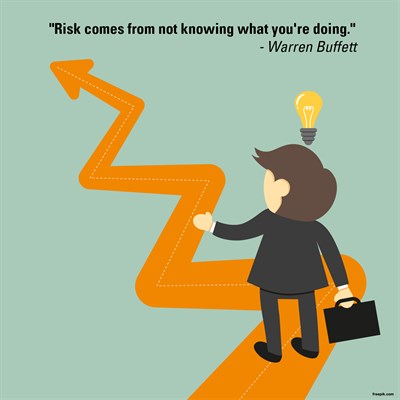Project Management: Managing Risks
Risk management is often confused with risk mitigation, but risk mitigation is only one of the many methods to manage risk. As a project manager, I see risk management as one of the great pillars for managing any project. I believe that project management is a lifestyle, not just a profession. Therefore, I presume that risk management principles can be applied to anything; from managing complicated translation projects to planning events and navigating obstacles in your personal life.
Defining Risks
Risk management is defined as, “the identification, assessment, and prioritization of risk followed by coordinated and economical application of resources to minimize, monitor, and control the probability and/or impact of unfortunate events or to maximize the realization of opportunities.” The objective of risk management is to assure uncertainty does not deflect the endeavor from the business goals.
Risks can come in many different forms, including:
- Financial risks
- Operational risks
- Perimeter risks
- Strategic risks
Risks can originate from internal or external factors, and although risk is often associated with threats or negative outcomes, sometimes it is associated with positive events which eventually turn into opportunities.
Managing Risks

Since you cannot manage what you do not know, it is important that risks are first identified so the project team is able to effectively manage and control them. Depending on the project objectives, scope, type of operations, risk likelihood and impact, the project manager and risk management team are responsible for selecting the most appropriate approach to apply. Risk management approaches include:
1) Avoidance: This approach eliminates the risk by avoiding it. For example, turn down a task or a project, if the risk likelihood is greater than the benefit and this risk cannot be managed.
2) Mitigation: This approach reduces the impact of the risk when it occurs. For example, setting concrete contingency plans or consulting industry experts to try and prepare for all possible outcomes.
3) Transfer: This approach moves the impact of the risk to an external party. For example, outsourcing the job to another agency or using a subcontractor who is more equipped.
4) Acceptance: This approach accepts the consequences of the risk if it occurs. This approach is usually followed when the cost of preventing the risk is greater than the loss itself.
A successful risk management plan should include designing and implementing an overall risk management process, through:
- Analyzing, identifying, and estimating the risks affecting the project
- Evaluating the risks likelihood and impact
- Documenting, communicating and reporting potential risks on time, using the correct communication channels, and to appropriate stockholders
- Carrying out processes to manage risks
- Building risk awareness within the organization
Conclusion
Risk management will not only help you to avoid loss, but also maximize the benefit of positive risks/opportunities as they arise. Given the importance of risk management, risk awareness is gradually increasing across organizations, and dedicated teams are assigned to design and implement risk management plans across the whole organizations, not just for specific projects, which in turn protects the organization’s success and stability.
